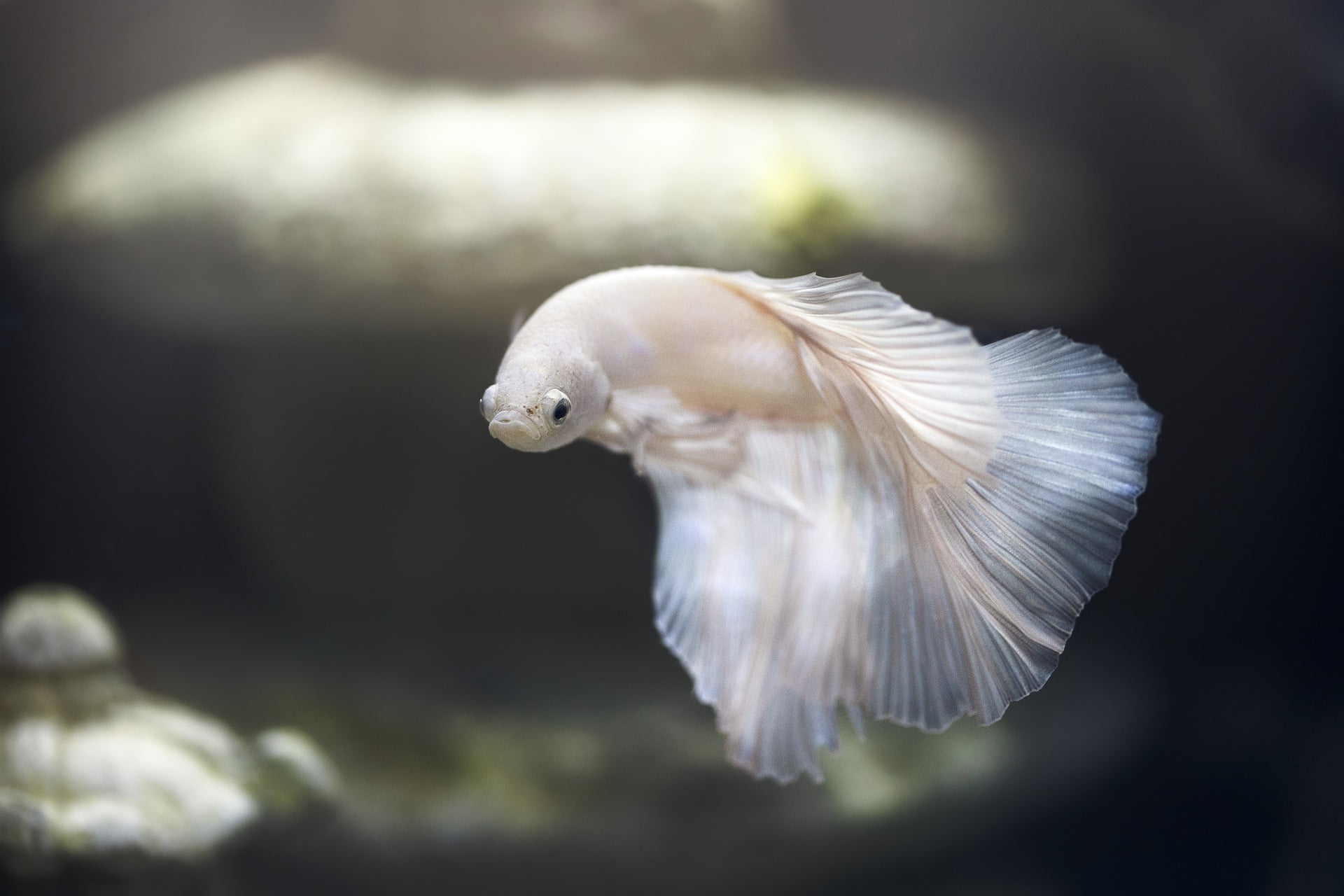Fish disease is an illness that affects aquatic organisms, including fish, shellfish, and crustaceans. Some common types of fish diseases include bacterial infections, viral infections, parasitic infections, and fungal infections. As a fish owner, it’s important to be aware of the common diseases that can affect your fish so you can take steps to prevent them and provide proper treatment if necessary.
Fish diseases examples
- Ichthyophthiriasis (Ich): A parasitic infection that causes white spots on the fish’s skin.
- Columnaris: A bacterial infection that causes ulcers and frayed fins.
- Fin Rot: A bacterial infection that causes the fins to become frayed and disintegrate.
- Swim Bladder Disease: A condition in which the swim bladder, a gas-filled organ that helps fish maintain buoyancy, becomes damaged or infected.
- Dropsy: A symptom rather than a disease, characterized by the fish’s scales standing out, giving it a pinecone-like appearance.
- Parasitic infestations such as flukes, tapeworms, and lice.
One of the most common fish diseases is Ichthyophthiriasis, also known as “Ich.” This parasitic infection causes small white spots to appear on the fish’s skin, fins, and gills. It’s highly contagious and can quickly spread through an entire aquarium if not treated. To prevent Ich, it’s important to maintain good water quality and avoid overcrowding. If your fish do become infected, treatment options include copper-based medications and increasing the water temperature to speed up the life cycle of the parasite.
Another common disease is Columnaris, a bacterial infection that causes ulcers and frayed fins. This disease is often caused by poor water quality or a build-up of waste in the aquarium. To prevent Columnaris, it’s important to perform regular water changes and keep the aquarium clean. If your fish do become infected, antibiotics can be used to treat the infection.
Fin rot is a bacterial infection that causes the fins to become frayed and disintegrate. It’s often caused by poor water quality, injuries, or overcrowding. To prevent fin rot, it’s important to maintain good water quality, provide plenty of swimming space, and avoid overcrowding. If your fish do become infected, antibiotics can be used to treat the infection.
Swim Bladder Disease is a condition in which the swim bladder, a gas-filled organ that helps fish maintain buoyancy, becomes damaged or infected. This can cause the fish to have difficulty swimming or swimming in a tilted position. To prevent Swim Bladder Disease, it’s important to feed your fish a balanced diet and avoid overfeeding. If your fish become infected, treatment options include changing their diet and medication.
Dropsy is not a disease, but rather a symptom characterized by the fish’s scales standing out, giving it a pinecone-like appearance. It can be caused by a variety of underlying issues, including bacterial infections, parasitic infections, and organ failure. To prevent Dropsy, it’s important to maintain good water quality and provide proper nutrition. If your fish do develop Dropsy, it’s important to identify and treat the underlying cause.
Parasitic infestations such as flukes, tapeworms, and lice can also affect fish. These parasites can cause skin irritation, weight loss, and anemia. To prevent parasitic infestations, it’s important to quarantine new fish before adding them to your aquarium and to perform regular parasite screenings. If your fish become infected, treatment options include medication and proper hygiene practices.
In conclusion, these are common and can be caused by a variety of factors, from poor water quality to parasitic infestations. As a fish owner, it’s important to be aware of the common diseases that can affect your fish so you can take steps to prevent them and provide proper treatment if necessary. Regular water changes, proper nutrition, and quarantine of new fish are some of the best ways to prevent fish diseases. If you suspect your fish may be sick, it’s important to consult a veterinarian with experience in treating fish.
